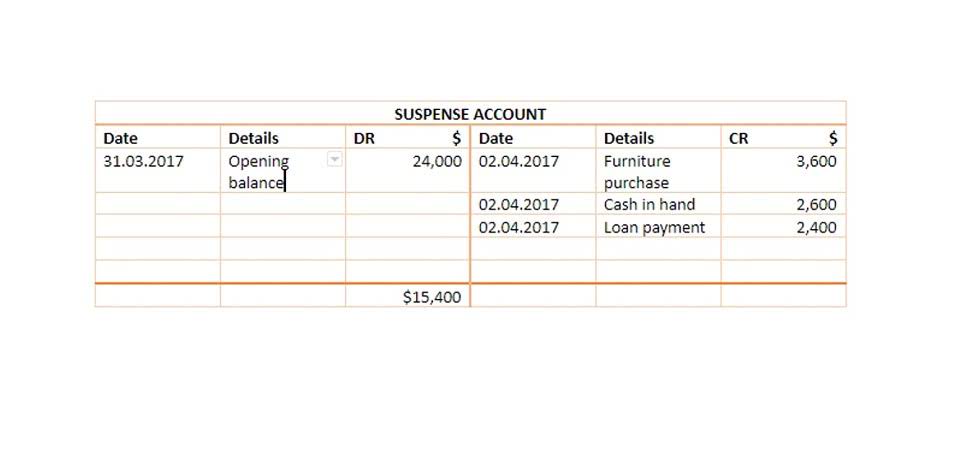
Both the Old UK generally accepted accounting principles (GAAP) and the current Financial Reporting Standard (FRS) require COGS for Income Tax filing for most businesses. The terms ‘profit and loss account’ (GAAP) and ‘income statement’ (FRS) should reflect the COGS data. No matter how COGS is recorded, keep regular records of your COGS calculations. When calculating COGS, the first step is to determine the beginning cost of inventory and the ending cost of inventory for your reporting period. The price of items often fluctuates over time, due to market value or availability.

Cost of Goods Sold (COGS): Definition & How To Calculate
Companies may negotiate better supplier terms, adopt bulk purchasing, or invest in automation to reduce labor costs. Conversely, lowering COGS through process optimizations or favorable supplier negotiations can improve profit margins, providing a competitive edge in pricing strategies. Accounting standards like GAAP and IFRS provide guidelines for distinguishing unearned revenue production-related costs from general business expenses. This distinction is important for financial analysis and tax purposes, as COGS and operating expenses may be treated differently under tax regulations.
Is the Cost of Goods Sold Present in the Statement of Cash Flow?
- The agency allows small businesses (with annual gross receipts of $25 million or less) to not keep an inventory if they use a way of accounting for inventory that “clearly reflects income.”
- Gross profit provides an initial measure of profitability before accounting for operating expenses, taxes, and other obligations.
- We also walk through a number of COGS journal entry examples and answer other common questions about how you should be recording cost of goods sold for your business.
- In practice, however, companies often don’t know exactly which units of inventory were sold.
- This includes the cost of the materials and labor directly used to create the product, but excludes indirect expenses such as distribution costs and sales force wages.
Periodic means that the Inventory account is not Interior Design Bookkeeping routinely updated during the accounting period. At the end of the accounting year the Inventory account is adjusted to equal the cost of the merchandise that has not been sold. Let’s assume the Corner Bookstore had one book in inventory at the start of the year 2024 and at different times during 2024 it purchased four additional copies of the same book. During the year 2024, the publisher increased the price of the books due to a paper shortage.
COGS journal entry example

Usually, the cost of foods sold will appear on the second line under the total revenue amount. Gross profit is typically listed below, since you calculate the gross profit by subtracting the cost of goods sold from the revenue amount. These three numbers will give owners and investors a good idea of how the business is doing. This is one reason major oil companies such as ExxonMobil are able to buy up assets of struggling and bankrupt competitors during energy gluts.
We record it as an asset (merchandise inventory) and record an expense (cost of goods sold) as it is used. The adjusting journal entry we do depends on the inventory method BUT each begins with a physical inventory. The physical inventory is used to calculate the amount of the adjustment.
- At the end of the accounting year the Inventory account is adjusted to equal the cost of the merchandise that has not been sold.
- Any additional productions or purchases made by a manufacturing or retail company are added to the beginning inventory.
- Adding these to COGS raises the total in a wrong way, which leads to a wrong calculation of gross income.
- By subtracting what inventory was leftover at the end of the period, you calculate the total cost of the goods you sold of that available inventory.
- Thirdly, effective inventory management relies on accurate COGS calculations.
Is there a cost of goods sold tax deduction?
Analysts scrutinize this metric to understand the relationship between production costs and revenue. A business that maintains or reduces COGS where does cost of goods sold go while increasing revenue is generally seen as improving its operational efficiency, which can lead to enhanced profitability. Conversely, if COGS increases without a corresponding rise in sales, it may signal issues such as rising material costs or inefficiencies in production. The separation of COGS and operating expenses also aids in the analysis of a company’s cost structure and in the identification of areas for potential cost savings. For example, a company may have low COGS but high operating expenses, which could indicate inefficiencies in non-production areas that could be streamlined.
- Before you begin, you will need to set the inventory valuation method you want to use – cost, lower of cost or market, or retail.
- The cost of goods sold is presented immediately after the revenue line items in the income statement, after which operating expenses are presented.
- MYOB is not a registered entity pursuant to the Tax Agent Services Act 2009 (TASA) and therefore cannot provide taxation advice to clients.
- This ensures financial statements reflect the true cost structure of the business, offering stakeholders a clear view of production cost management.
- A consistently high Gross Profit Margin suggests robust cost control and efficient operations, making the company an attractive investment.

As you can see, calculating your COGS correctly is critical to running your business. Most businesses use either LIFO or FIFO, depending on their tax situation. FIFO is the default, and businesses may elect FIFO if they are eligible.

Once those 10 rings are sold, the cost resets as another round of production begins. For example, a plumber offers plumbing services but may also have inventory on hand to sell, such as spare parts or pipes. To calculate COGS, the plumber has to combine both the cost of labor and the cost of each part involved in the service. There are other inventory costing factors that may influence your overall COGS. The IRS refers to these methods as “first in, first out” (FIFO), “last in, first out” (LIFO), and average cost. Lucrum occasionally mails 1099’s for our clients; we charge a flat $15 plus postage for this service.
It excludes indirect expenses, such as distribution costs and sales force costs. COGS is subtracted from revenue to calculate gross profit, which represents the money left after covering the direct costs of goods sold. Businesses can use their gross margins and profit margins to assess the profitability of their products and adjust pricing strategies accordingly. At the most basic level, a company needs to know its gross margin, or the profit made on turning over its inventory before it considers additional expenses like taxes.


